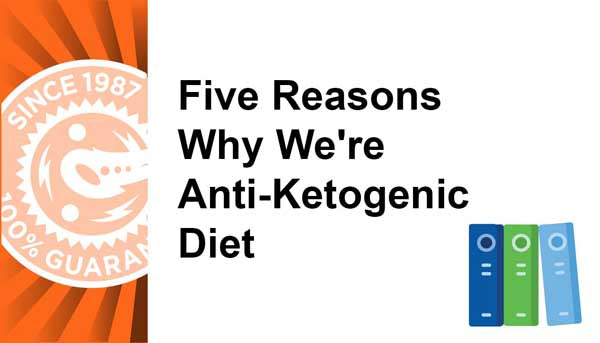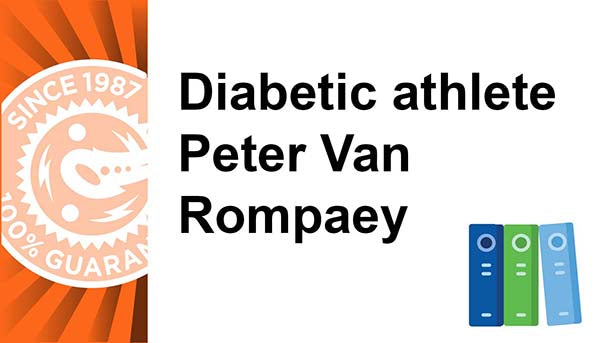By William Misner Ph.D.
The USA Olympic development invests significant funds for determining how to improve athletic performance by a single percent. Periodic strength, endurance, and volume of maximal oxygen exchange are foundational to performance gain.
It is generally concluded from a vast array of sports science literature that exercise intensity is required to increase muscle fiber growth quality, while prolonging duration produces increased cellular enzymes, mitochondria cells, and vascular proliferation. Exercise to advance pulmonary muscle efficiency is a contributing factor in performance but is seldom applied to training interventions.
One hypothesis advocates adaptive inspiration and expiration muscle stress interventions improve the same adaptations required by locomotion muscle groups resulting in performance gain. The protocol for expiration and inspiration breathresistance may improve the muscular component of breathing efficiency after a resistance load is repeatedly applied. End-expiratory lung volume loading (ERL) increases lung volume by 0.20 and 0.24 liters during rest and exercise. The use of breathing resistance exercise in patients with Chronic Obstructive Pulmonary Disease (COPD) reduces symptomatic air exchange difficulties. COPD patients trained for one half hour daily for 4 weeks, doing forced breathing exercises into a simple device, where they inspired against a resistance load forcing breaths. After 4 weeks this resistance load was increased, and 4-weeks training were repeated using the increased load to breathing muscles. All patients improved with this form of training, i.e. higher resistances increasingly were tolerated without signs of fatigue and failure. In addition most patients claimed that training had helped them with daily living; they were able to do more without getting short of breath. The device also increased expectoration, possibly owing to the effect of the small expiratory resistance.
In healthy normal non-COPD subjects, elite swimmers are, by nature of the sport, forced to breath harder than subjects on land. Enlarged lung capacity is a sportsspecific side effect from competitive swimming. Researchers confirm that swimmers achieve greater lung volumes than either runners or sedentary subjects.
ENLARGED LUNG VOLUMES IN SWIMMERS ARE NOT DUE TO:
(1) Inspiration muscle strength
(2) Differences in height
(3) Fat free mass
(4) Alveolar distensibility
(5) Age
(6) Sternum length
(7) Chest depth
(8) Increased size alveoli
They concluded that swimming exercise forces increased inspiration and expiration stress, developing greater chest volume, increased number of alveoli, or number of air sacs per volume lung tissue.
QUESTION: DOES AIRWAY MUSCULATURE AFFECT PERFORMANCE?
Sports specific performance gains from the effect of periodic anaerobic exercise are therefore expected in healthy-normal athletes on all muscle groups including those muscles whose role it is to impact efficient inspiration and expiration. In the absence of performance-enhancing anaerobic training, performance gains from training will cease with no progress at a stagnant plateau. What would occur if anaerobic training to the large locomotion muscles were limited to 1 timed 2-3 minute all-out effort every 7-days but the airway musculature was anaerobically trained 6 days out of every 7 days for the same 2-3 minute duration? During the later 6-days, only aerobic training was permitted, to determine the effect of airway anerobic resistance training on performance.
METHODS
To test this hypothesis, following 90-days base endurance training, a timed straight point-to-point half-mile road course timed run at maximal effort was measured. Nineteen (19) endurance-only training sessions followed the timed run with NO intensity speed work during the 28-day period. Training during the test consisted of 6, 10, and 20-mile distance runs, limited to 6 training days each week. The "Sports Breather" resistance exercises were performed prior to each training session. These inhale-exhale resistance exercises consisted of 3-5 sets of ten repetitions, which taxed inhaling and exhaling musculature to fatigue. Four timed 1/2-mile distance runs were conducted once per week for consecutive 4 weeks to assess performance gain or loss.
RESULTS
The subject's pre-test time was 3:06:00 for half-mile run (minutes:seconds:seconds fraction). Following 19 training sessions, performance improved to 2:45.31, representing an 11.1% performance gain. The only variable to account for this improvement was the 19 sessions utilizing the inhale-exhale resistance breathing exercises. Note the gradual rate of improvement in anaerobic 1/2 mile run performance in Table I:

DISCUSSION
It needs be emphasized that the subject did not engage in any other form of speed or strength training, nor did he alter weekly mileage from prior to this test and including during the 4-week experimental trial. Sport science consensus dictates the sport specificity training must be periodically increased in order to improve rate of athletic performance. Repetitive endurance base training without periodic quality speed work or strength training predictably does not achieve performance gains13. The only variable during the test period to account for these measured performance gains was resistance-breathing exercise. A single subjects' 11.1% performance-gain following 28-days of airway resistance breathing exercise suggests:
- Performance gains could have occurred unexplainably as a property of timing
- Performance gains could have occurred had the subject employed the same sprint training
- Performance gains could have occurred solely as a result of the adaptations imposed by inspiration and expiration musculature
Since this experimental study determined the positive effect of resistance breathing exercises on one subject, application to improve endurance performance in other athletes is not an assumed conclusion. Measurement of changes in the efficiency of pulmonary oxygen stress might further elucidate the proposed mechanism of action. Further research is needed with more endurance and sprint athletes, measuring a variety of physiologic and metabolic endpoints, to determine if the results of this study prevail and, if so, the degree of benefits achieved.
ACKNOWLEDGEMENTS: A single "Sports Breather„¢" unit was supplied courtesy of the manufacturer, Health Fitness Center.
DISCLOSURE: This paper reports a single case study independent of remunerative compensation from the Health Fitness Center or those associated with marketing or manufacture of "The Sports Breather".








